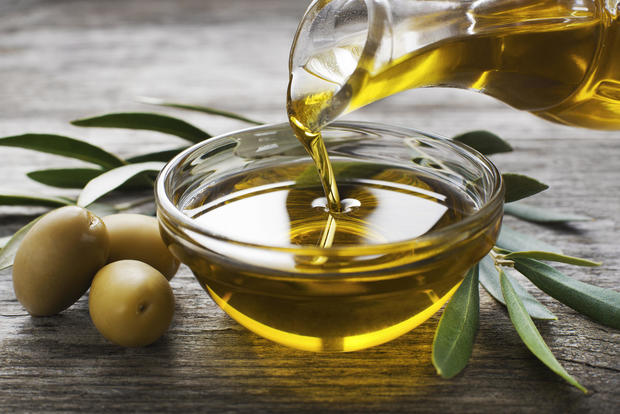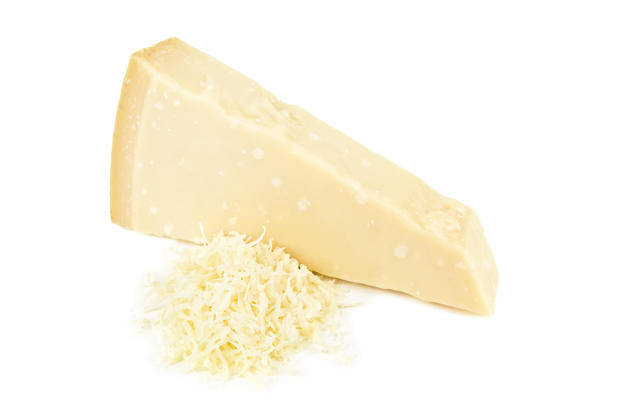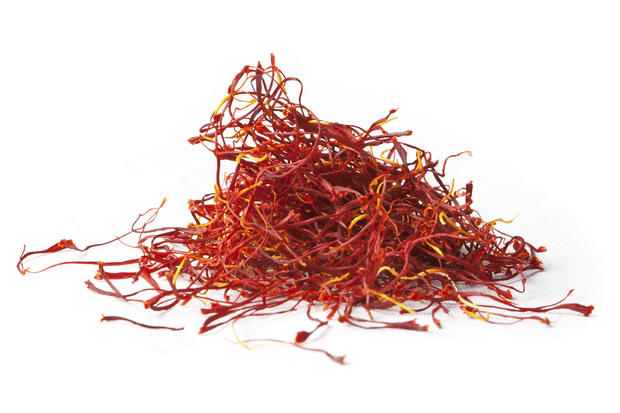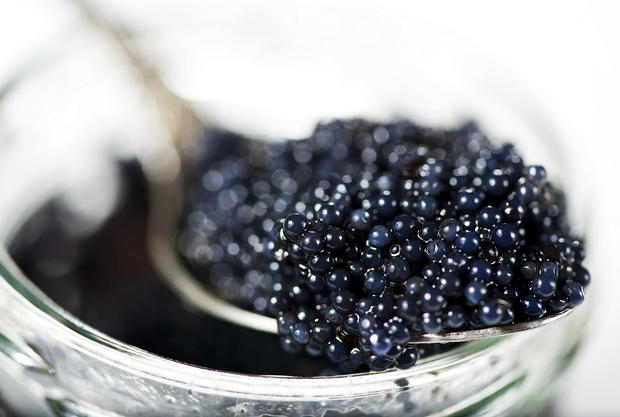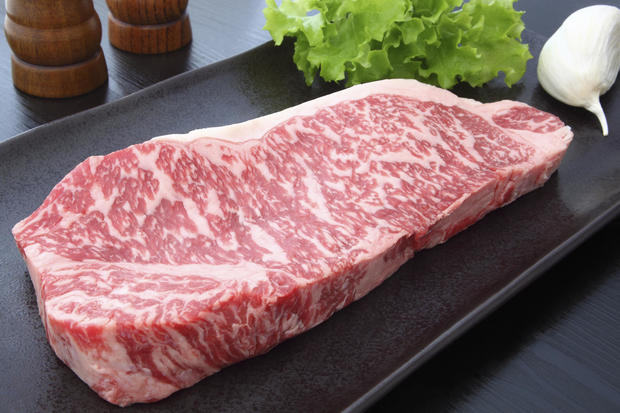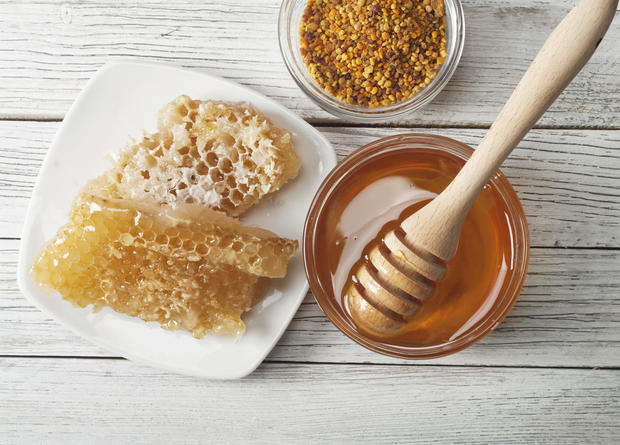9 foods that might not be what they seem
Food fraud may not be be new, but it certainly isn't going away.
Called "economically motivated adulteration" by the food industry, the scam involves fraudsters substituting a cheaper product for more expensive food. In most cases, the scammers aren't intending to harm consumers, but hope to boost their profits by representing a humbler food item as something much more valuable.
Take the case of seafood fraud. One in five of some 25,000 seafood samples tested in studies across the globe have been found to be mislabeled, often with a lower-cost fish sold as a more expensive variety, such as haddock presented as cod. Seafood ranks as the No. 1 ingredient involved in food fraud, involving about one-third of all reported cases since 1980, according to the National Center for Food Protection and Defense.
Food fraud touches almost every type of consumable, according to a 2014 report from the Congressional Research Service. Adulterated and substituted foods have been reported for coffee, spices, pet food and more. Food fraud may also cost the global food industry as much as $15 billion a year, according to the Grocery Manufacturers Association.
In most cases, the fraud won't hurt consumers, but the illegal activity does raise the risk that consumers will have an adverse reaction, such as in the case of the so-called "ex-lax fish," or escolar. It's sometimes mislabeled as "white tuna" in seafood restaurants, although it's not tuna and can cause gastrointestinal issues for some people.
It's not always easy for consumers to tell the difference between the real thing and a fake, but the first step is knowing which foods are more likely to be misrepresented. If the price of an expensive product is too good to be true, there's a chance your paying for something other than what the label claims.
Read on to learn about nine foods that may be something other than what they seem.
Fish
Seafood is a leading category of food that's likely to be mislabeled, most often with a cheaper fish masquerading as a more expensive variety. Common substitutions are tilefish sold as red snapper, escolar labeled white tuna and farmed salmon sold as wild salmon.
The result? Consumers overpay for fish at the grocery store or in restaurants, while also risking food reactions, such as as in the case of escolar, which is nicknamed "the ex-lax fish" for its impact on the digestive system.
Consumers should educate themselves about fish, such as when during the year certain types of fish are typically caught, which can help them avoid buying a mislabeled fish. Knowing the color and texture of fish can also help. Wild salmon, for instance, has a distinctive deeper color than farmed salmon.
Olive oil
More than two-thirds of extra virgin olive oil may not be what it claims to be, according to a 2011 study from the University of California. The researchers found that some oils were adulterated with cheaper olive oil, or had been made from damaged and overripe olives.
Unfortunately, it can be difficult to know whether a bottle of olive oil contains the real thing, or something cheaper. Some bottles that claim to be Italian olive oil are actually only packed in Italy, while made from olives that aren't grown in the country.
"Many of the extra-virgin olive oils on our shelves today in America don't clear [the legal definition]" of extra-virgin olive oil, said "Extra Virginity" author Tom Mueller in an NPR interview.
Parmesan cheese
That 100 percent parmesan cheese might be anything but. Take the case of a 2012 U.S Food and Drug Administration raid of Castle Cheese, which found that it was cutting its parmesan with fillers such as wood pulp and selling it to big grocery chains.
One seller of Italian cheeses told Bloomberg News that about 20 percent of U.S. production is mislabeled. Cellulose is often added to grated parmesan as an anti-clumping agent, but some brands have been found to carry far more than the accepted level of no more than 4 percent.
The best bet? Buy a wedge of cheese, rather than the grated variety, and look for the words "Parmigiano-Reggiano" on the rind, which certifies that it's real Italian parmesan.
Balsamic vinegar
This dark vinegar is renowned with foodies for adding depth to everything from salads to strawberries, but it turns out that many varieties sold in supermarkets aren't the real thing.
Traditional balsamic vinegar will carry a D.O.P. stamp, which stands for the Italian-language certification "Denominazione di Origine Protetta." Check the ingredients -- the only one listed should be grape must. Many of the bottles labeled balsamic contain another type of vinegar with sweetener and coloring.
For instance, this bottle of Colavita balsamic vinegar lists its ingredients as "wine vinegar, grape must, caramel."
Saffron
This brightly colored spice is expensive because of the laborious methods of harvesting, since each small strand is a crocus stamen. Growers need about 150 flowers to create one ounce, which costs about $350. (Most consumers buy saffron by the gram.)
But some saffron may be crocus parts mixed with red food dye, according to The New Yorker. Food supplier Brett Ottolenghi told the publication that there was "more cheating going on in saffron than almost any other product."
Buying saffron from a spice specialist such as Penzey's is one way to make sure you are getting the real deal. One food company notes that real saffron is straight, like threads, while fake saffron has curled leaves.
Caviar
This luxury, and famously pricey, food tempts fraudsters because of the money that's at stake -- small 50-gram tins carry prices from $100 to almost $650 each.
Yet something fishy may be going on with your caviar. A study published last year in the Journal of Applied Ichthyology found that only 10 out of 27 caviar samples were properly labeled. Some samples claimed to be sturgeon, but came from other species.
More alarmingly, three of the samples had no animal DNA at all, leading the scientists to believe they were made from artificial ingredients.
Kobe beef
Kobe beef has become a byword for luxury, but most consumers who are shelling out more for a "Kobe beef burger" are getting scammed. Only eight restaurants in the U.S. sell real Kobe beef, and there's only enough of the Japanese-raised beef to feed 77 Americans, Bon Appetit reported earlier this year.
Instead, Americans are most likely buying meat from a breed called "wangus," a mix between the Japanese Wagyu (where Kobe beef comes from) and the more common Angus, the report noted.
While the meat from the wangus breed may please the palate, consumers should be aware that they're paying more for something that isn't what it seems.
Truffles
Another costly food item, truffles are ripe for imitation and fakery.
French truffle growers have been warning about imitation fungus from China, which are reportedly sprayed with scents to help them pass as the real thing. As many as 15 percent of truffle samples in a 2012 survey were found to be Chinese varieties.
Most people can't afford to buy a whole truffle, and instead turn to "truffle oil," which is billed as truffle-infused olive oil. But in most cases, the oil is scented with a chemical called 2,4-dithiapentane, not truffles. Critics say the oil has a gasoline-like taste that's far from the subtle aroma of the real thing, although some consumers report liking the fake flavor.
Regardless of how one feels about truffle oil, consumers should understand that in most cases that bottle of truffle oil isn't what it claims to be.
Honey
Like flies, fraudsters are also drawn to honey. Some FDA testing has found unapproved chemicals in honey, while the golden sweetener imported from China may also deliver a dose of agricultural chemicals or antibiotics, the Congressional Research Service found. More commonly, honey might be watered down with cheaper sugar, corn syrup or other less expensive sweeteners.
There are some tell-tale methods to spot fake honey, such as several tests that distinguish the real deal from the imitation. One simple test, the water method, involves dropping honey into water. If it's real, it'll lump at the bottom, but fake honey will dissolve or can be seen around the glass, according to beekeeping site MyBeeLine.
Buying from a local, trusted producer is another way to make sure you are buying pure honey.

